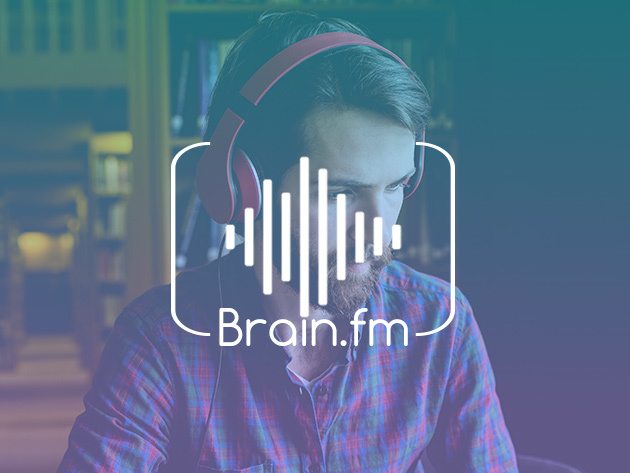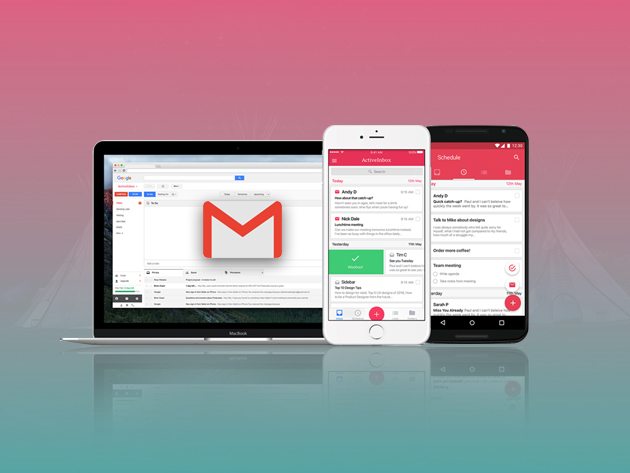Ah, New Year’s resolutions: every year we set them with the best of intentions in mind. Travel more, be more active, organized, and productive — so how’s that going (…crickets)? We get it: the year starts off, and you’re going strong with regular trips to the gym and green juice and color coded tabs for all of your emails. Then you get assigned that huge presentation, right around the time of your kid’s school bake sale and PTA meeting.
Life can be understandably hectic — and while we all can’t afford a personal assistant, a lot of us are lucky enough to own an iPhone. Nothing spends more time by your side than an iPhone. When you’re wandering around the city looking for that meeting address, we bet it’s your iPhone that’s delivering the step-by-step navigation. And when you need to reference your email right before talking to your Director, what’s right there? iPhone. So why not make that dynamic work for you in the best way possible? There are tools and solutions out there that will turn your iPhone into your own personal assistant — and hold you accountable to each and every resolution.
It’s still early in the year, and that means there’s still plenty of time to turn this ship back around. Here are our favorite ways your iPhone can help you check off your resolutions, one at a time:
1. Stay Focused and Be More Productive.
This is a big one: whether you’re going for a promotion this year, or just want that feeling of accomplishment, it can be hard to mute out life’s distractions and focus on the task at hand.
Luckily, there are solutions out there to aid concentration, and it can be as simple as streaming some music from your iPhone straight to your work headphones. Brain.fm is a music subscription service that plays sounds specifically developed to encourage premium states of focus, relaxation or sleep.

Just select an original composition, and give your brain the boost it needs to power through your to-do list, and send off that last batch of emails. You can adjust the stream to play music for different periods of time (30 minutes up to indefinitely), and even track your work progress to see which sounds positively affected you the most. Being more focused is as simple as unlocking your iPhone, and pressing play.
Get a lifetime subscription for less than $40, here.
2. Be More Punctual for Meetings and Appointments.
There’s no other way to say it: being late is stressful. We can’t always prevent traffic or misrouted directions, but we can prevent miscommunications that result in lateness.
The biggest culprit? Our inboxes. With so many emails flying in and out daily, and multiple meetings, deadlines and other events happening, it can be easy to let something slip through the cracks.

ActiveInbox is an amazing tool that transforms your inbox into a task manager — so instead of just threads of communication, your messages can turn into events, deadlines and assignments. If that sounds scary, it’s not: it’s actually the perfect way to turn long, sprawling threads into a series of to-do lists and action items.
ActiveInbox even helps organize your inbox, creating separate folders for different clients or projects. In addition to helping schedule due dates, it also lets you create notes on emails, helps you prioritize and allows you to schedule emails to be sent out later.
This handy app is trusted by Spotify, Pearson, FujiFilm, BRP and more to help their employees be more efficient and productive — so you know it’s good. Set it up on your iPhone today, and consider your inbox saved.
Get it for 37% off the original price, here.
3. Become Healthier and More Active.
Between the kids, meetings, work, home and more, the last thing on your mind might be waking up early to go on that jog. But convenient wearables like the Striiv Fusion Activity & Sleep Tracker sync seamlessly to your iPhone — making it hard to have an excuse not to get active.

The Striiv is a wearable device that helps you personalize and track your fitness journey, all while helping you stay connected to your messages, email notifications and more. That means you can keep a finger to the pulse of what’s going on with your life, and still put in 100% effort on that workout.
You’ll be able to track steps taken, calories burned, distance traveled and active minutes and also check your messages, email notifications, incoming calls and more. It’s also durable, so you can take it with you from that hike, straight into the office. It might not be as feature-packed as the Apple Watch, but it’ll surely do the trick for active-minded people on a budget.
Get it for 37% off of its original price, here.
4. Save Time.
A huge number of our interactions now happen digitally, whether we’re buying things online, setting up maintenance appointments or paying bills. Nothing’s a bigger waste of time (or more frustrating) than forgetting a password and spending 30 minutes or more trying to remember or reset it.
While it’s crucial to have complex, unique, strong passwords to maximize account security, it can be bothersome to have to try to remember all of those passwords. That’s where Sticky Password Premium: Lifetime Subscription comes in.

Just set up this password manager on your iPhone, and it’ll securely and quickly access your passwords across all your devices. Sticky Password protects your online identity by creating strong, encrypted passwords for your accounts, managed by a single master password, created by you. You’ll save on time with its ability to auto-fill online forms, and enjoy premium security across your accounts, without any of the hassle.
Get a lifetime subscription for less than $30, here.
Want a FREE iPhone 7? Click here to enter our monthly contest for a chance!
Follow us on Apple News by pressing the (+) button at the top of our channel

from http://ift.tt/2k1egbi
via
IFTTT